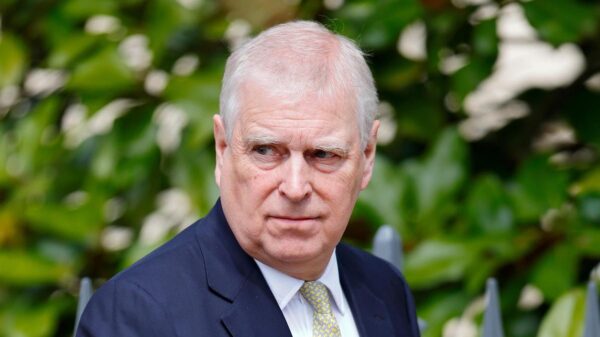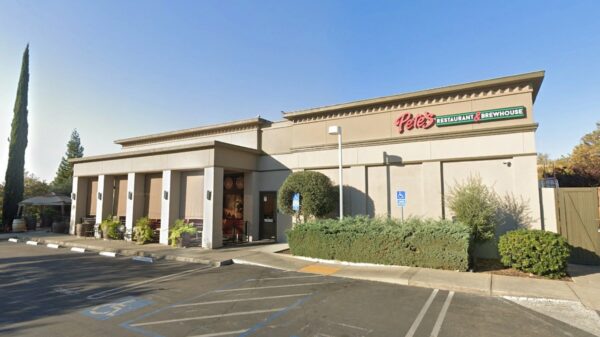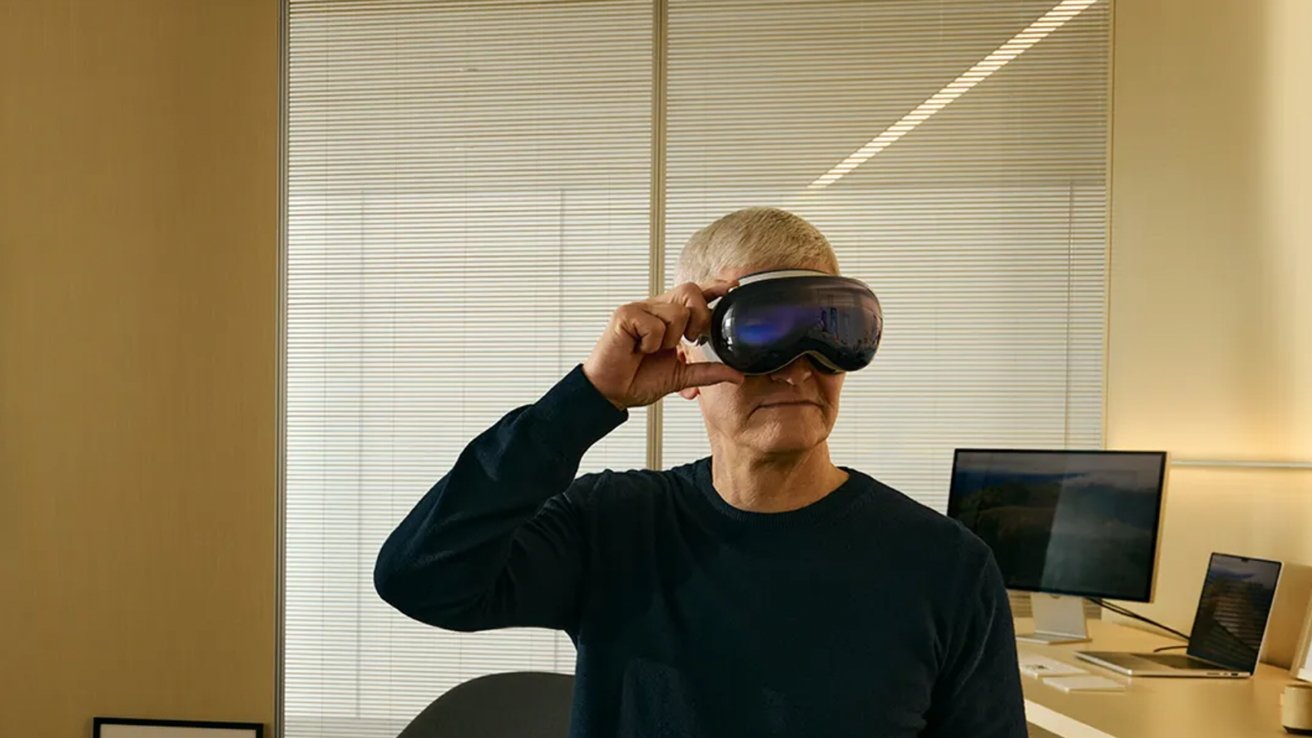Apple has announced plans to allocate an estimated $3.4 billion towards tariffs related to iPhone and similar products through the end of 2025. While the company has the financial muscle to absorb these costs without passing them onto consumers, analysts are considering what alternative investments could have been made with that substantial sum.
Apple’s decision to handle the tariff expenses itself marks a departure from the strategies employed by other companies, such as Microsoft, which has significantly increased prices across its product range to mitigate costs. As discussions around Apple’s financial strategies continue, it is evident that the $3.4 billion could have been invested in various innovative ventures or initiatives that may have further strengthened the company’s market position.
Potential Investments for Apple
Several intriguing possibilities have emerged regarding how Apple could potentially redirect its tariff expenditure. Here are some notable options:
One compelling choice could have been acquiring Jamf, a company specializing in device management for Apple products. At the time of its valuation at approximately $1.7 billion, Apple could have purchased Jamf twice over to enhance its business-to-business sales capabilities. Managing Apple devices is crucial for enterprises, and this acquisition could have solidified Apple’s foothold in the corporate sector.
Another option could have included acquiring Nikkon, a respected Japanese optics and photography manufacturer, valued at around $3.78 billion. This strategic move could have bolstered Apple’s camera technology, given that all major Apple devices feature integrated cameras. Nikkon’s expertise in imaging could have been a valuable asset in enhancing the quality of Apple’s photographic capabilities.
In the realm of autonomous vehicles, Apple could have considered investing in WeRide, an autonomous driving company with technology capable of Level 4 automation. Although Apple has faced challenges with its own electric vehicle project, known as Project Titan, acquiring WeRide could have reinvigorated its ambitions in the automotive sector.
Other Creative Spending Ideas
While the aforementioned investments are practical, some lighter-hearted alternatives have also been suggested. For instance, Apple could choose to purchase BlackBerry for approximately $2.8 billion. The irony of Apple acquiring a company that once dominated the smartphone market could lend a humorous twist to the tech narrative, given BlackBerry’s decline following the iPhone’s launch.
Alternatively, if Apple wanted to reward its workforce, it could consider purchasing a Bentley Bentayga for each of its approximately 12,000 employees at Apple Park. With the base model retailing for around $280,000, such a gesture would certainly be a luxurious way to acknowledge employee contributions.
In a more philanthropic vein, Apple could distribute $10 to each of the 340 million residents in the United States, amounting to $3.4 billion. This gesture could serve as a goodwill initiative, showcasing Apple’s commitment to social responsibility.
Lastly, considering the current inflationary pressures, Apple could invest in a staggering 378 million Big Macs, showcasing just how far its tariff payments could stretch in the fast food sphere.
While these options range from strategic acquisitions to whimsical ideas, they highlight the diverse avenues available to Apple for reinvesting its substantial financial resources. As the company navigates the complexities of international tariffs, the choices it makes could shape its future trajectory in a competitive global market.


































































